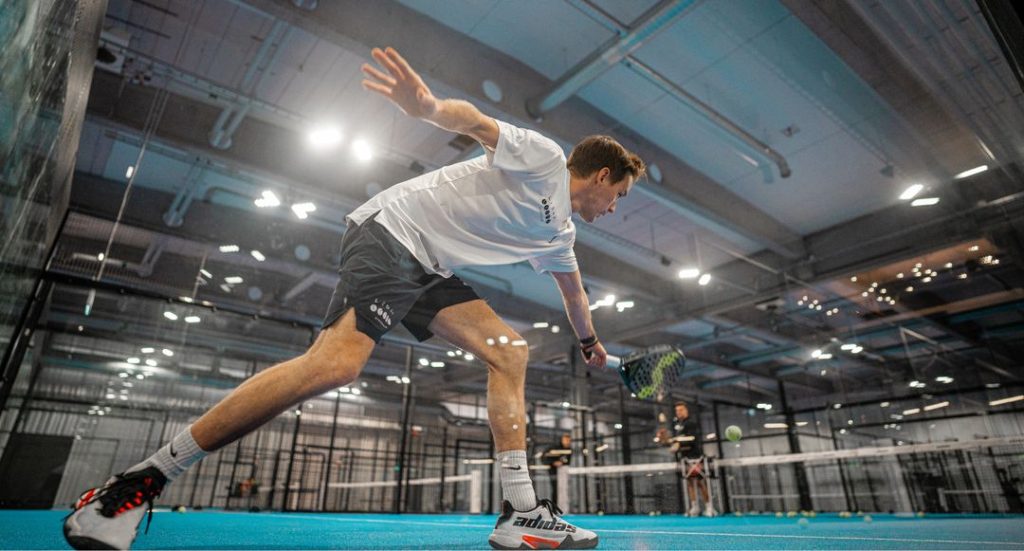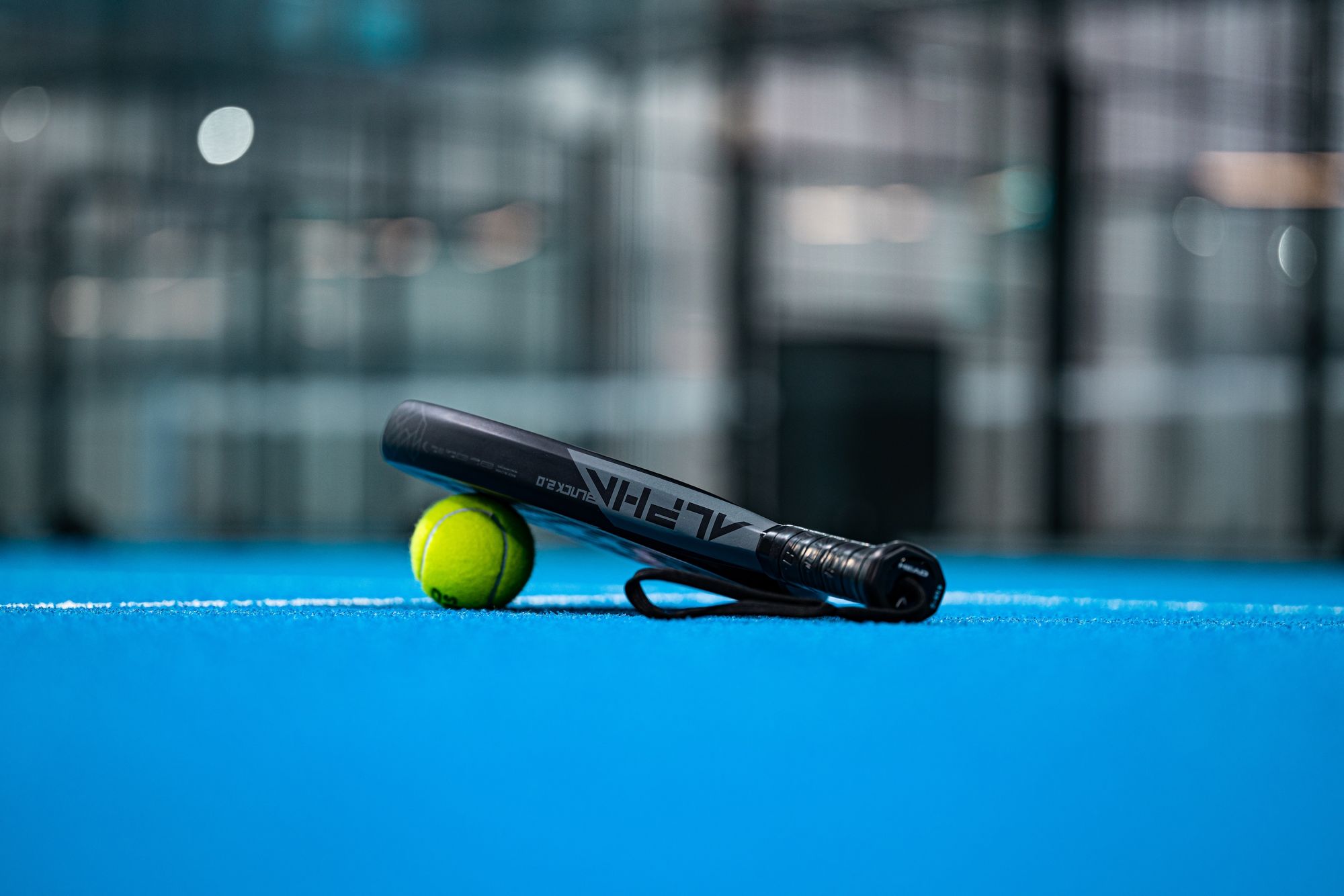Padel, a dynamic racquet sport blending elements of tennis and squash, is rapidly gaining popularity worldwide. Its engaging gameplay, social atmosphere, and accessibility for all ages make it an attractive option for both seasoned athletes and newcomers alike. Whether you’re seeking a new way to stay active, looking for a fun social activity, or simply curious about this trending sport, understanding the basics of padel is the first step toward mastering the game. This article will guide you through the essential aspects of padel, from its rules and equipment to fundamental strokes and strategies, providing you with the knowledge and confidence to step onto the court and experience the thrill of padel firsthand.
Get ready to dive into the world of padel! We’ll explore the origins and rise of this exciting sport, delve into the core rules and gameplay, discuss the necessary equipment, and break down essential strokes and techniques. We’ll also touch on grip techniques before wrapping it all up with the key takeaways to help you improve your game. So, grab your racquet and let’s get started!
The Rise of Padel A Global Phenomenon
Born in Mexico in the late 1960s, padel has evolved from a local pastime into a global phenomenon. Its unique blend of tennis and squash, combined with its relatively easy learning curve, has attracted a diverse following. The enclosed court, featuring walls that players can utilize strategically, adds a new dimension to the game, making it both physically and mentally stimulating. The game’s increasing popularity isn’t just anecdotal; padel courts are popping up in clubs and communities around the globe, highlighting the sport’s rapid growth and appeal.
According to the article “How to Play Padel and Master the Game”, padel “brings elements of tennis and squash to the court and is considered an interactive game that allows all ages to participate!” This fusion of elements creates a dynamic and engaging experience that sets padel apart from other racquet sports. The social aspect of padel, typically played in doubles, further contributes to its popularity. Players often form strong bonds with their partners and opponents, creating a vibrant and supportive community. As padel continues to expand its reach, it promises to bring even more people together through the shared enjoyment of this exciting sport.
The sport’s accessibility is a major factor in its increasing popularity. Unlike tennis, which can require years of dedicated training to achieve a decent level of play, padel is relatively easy to pick up. Beginners can quickly grasp the basic rules and techniques, allowing them to enjoy playing matches and improving their skills from the very start. This immediate gratification is a powerful motivator, encouraging players to stick with the sport and continue developing their game. The blend of simplicity and strategic depth makes padel an ideal choice for those seeking a challenging yet accessible racquet sport.
Understanding Padel Rules and Gameplay
Before stepping onto the padel court, it’s crucial to understand the fundamental rules and gameplay. Padel is typically played in doubles on an enclosed court with glass and metal mesh walls. The objective is to win the most sets, typically two out of three, with each set consisting of games. Scoring is similar to tennis, with points awarded at 15, 30, 40, and game. However, padel incorporates a “golden point” system at deuce (40-40), where the next point wins the game. This element can significantly increase the pace and excitement of each game.
The court dimensions are a key aspect of padel gameplay. Padel courts are smaller than tennis courts, measuring 20 meters by 10 meters, and are enclosed by walls that players can use strategically. As the article notes, “Players can use these walls strategically to bounce the padel ball back into play after the first bounce on the ground.” This interaction with the walls adds a unique dimension to the game, requiring players to develop spatial awareness and adapt their shots accordingly. The net, dividing the court in half, is positioned at the center and measures 0.88 meters in height.
A point is scored when the opposing team fails to return a valid shot or commits a fault. Faults include hitting the ball out of bounds, volleying the ball in the non-volley zone, or serving incorrectly. The serve must be underhand, with the ball bouncing once behind the service line before being struck. This serving rule helps reduce the impact of a powerful serve, promoting more rallies and strategic play. Understanding these basic rules will provide a solid foundation for enjoying and improving your padel game. Remember, strategy and teamwork are crucial elements in padel, making it a dynamic and engaging sport.
Essential Padel Equipment Getting Started
Having the right equipment is essential for a comfortable and enjoyable padel experience. The key items you’ll need are a padel racquet, padel balls, and court shoes. Choosing the right equipment can significantly impact your performance and prevent injuries. Let’s take a closer look at each of these items.
Padel racquets differ significantly from tennis racquets. As the article mentions, “Unlike tennis racquets, padel racquets are solid-faced and have a smaller head with a strap for wrist security.” Padel racquets are typically made of composite materials like carbon fiber or fiberglass, providing a balance of power and control. For beginners, a lightweight racquet is recommended for ease of maneuverability. The wrist strap is an important safety feature, preventing the racquet from flying out of your hand during a swing. When selecting a racquet, consider factors like weight, balance, and grip size to find one that feels comfortable and suits your playing style.
Padel balls are similar to tennis balls but with slightly less pressure. This reduced pressure makes them slower and easier to control, which is especially helpful for beginners. Court shoes designed for padel are also crucial. They should provide good lateral support and have non-marking soles suitable for padel courts. Shoes with good traction will help you move quickly and confidently on the court. Wearing the right shoes can also help prevent ankle injuries and other foot-related problems. Investing in quality padel equipment is a worthwhile investment that can enhance your enjoyment and performance on the court.
Mastering Basic Padel Strokes Techniques
Mastering fundamental strokes is crucial for success in padel. Two key strokes to focus on are the forehand and backhand. These strokes form the foundation of your game and are essential for both offense and defense. Let’s break down the techniques for each stroke.
The forehand in padel is similar to a tennis forehand. According to the article, “Focus on a strong grip, balanced weight transfer, and a controlled swing for accuracy.” Start with a solid stance, transferring your weight from your back foot to your front foot as you swing. Keep your eye on the ball and make contact in front of your body. A smooth, controlled swing will generate power and accuracy. Practice your forehand regularly to develop consistency and confidence. Focus on maintaining a stable base and avoiding unnecessary movements. You can gradually increase the pace and spin of your forehand as you become more proficient.
The backhand can be executed with either a one-handed or two-handed grip. A two-handed backhand offers more stability for beginners. Keep both arms close to your body and swing the racquet in a controlled arc. The key is to rotate your shoulders and transfer your weight properly. Proper footwork and timing are also vital for executing these strokes effectively. As you become more proficient, you can explore advanced techniques such as the smash and volley to enhance your gameplay and strategy. Remember, consistency is key. Practice your basic strokes regularly to build a solid foundation for your padel game.
Padel Grip Perfecting Your Hold
The grip you use in padel significantly affects your control, power, and comfort. A proper grip allows you to generate effective shots while minimizing the risk of injury. Let’s delve into the recommended grip technique for padel.
The continental grip is widely considered the standard grip for padel. To achieve this grip, imagine shaking hands with the padel handle. As the article explains, “This ‘continental grip’ positions your thumb on one side of the bevel (angled edge) and your remaining fingers on the other.” This grip provides a balance between power and control, allowing you to swing freely while maintaining stability. Some players prefer to extend their index finger slightly along the top face of the handle for added control. Experiment to find what feels most comfortable and natural for you. The continental grip allows for versatility in your shots, making it easier to execute both forehands and backhands with consistency.
Using a proper grip can also reduce stress on your wrist and forearm, minimizing the risk of overuse injuries. If you’re experiencing discomfort or pain, it may be a sign that your grip needs adjustment. By mastering your grip, you’ll be able to generate powerful strokes, improve maneuverability, and enjoy a pain-free padel experience. Practice your grip regularly to develop muscle memory and ensure that it feels natural and comfortable. Over time, you’ll find that the right grip can significantly improve your performance and enjoyment of the game.
Conclusion Mastering Padel Essentials
As we conclude this guide, you should now possess a solid understanding of how to play padel. We’ve covered the essential aspects of the sport, from its rules and equipment to fundamental strokes and techniques. You are now equipped to step onto the court with confidence and enjoy the dynamic gameplay of padel.
Remember the importance of choosing the right equipment, such as the padel racquet and shoes, and focus on developing your technique over time. Whether you’re a beginner or a seasoned player, applying the knowledge gained here will enhance your skills and enjoyment of the game. As the article suggests, embracing the challenge, striving for improvement, and, most importantly, having fun on the court are key to mastering padel. Don’t be afraid to experiment with different strategies and techniques to find what works best for you. Seek out experienced players for tips and guidance, and always prioritize safety and sportsmanship.
Padel offers a unique blend of physical activity, social interaction, and mental stimulation, making it a rewarding sport for people of all ages and skill levels. So gather your friends, find a local club, and start playing padel today. With practice and dedication, you’ll be well on your way to becoming a skilled and confident padel player. Embrace the challenge, enjoy the camaraderie, and experience the thrill of this exciting and rapidly growing sport.





